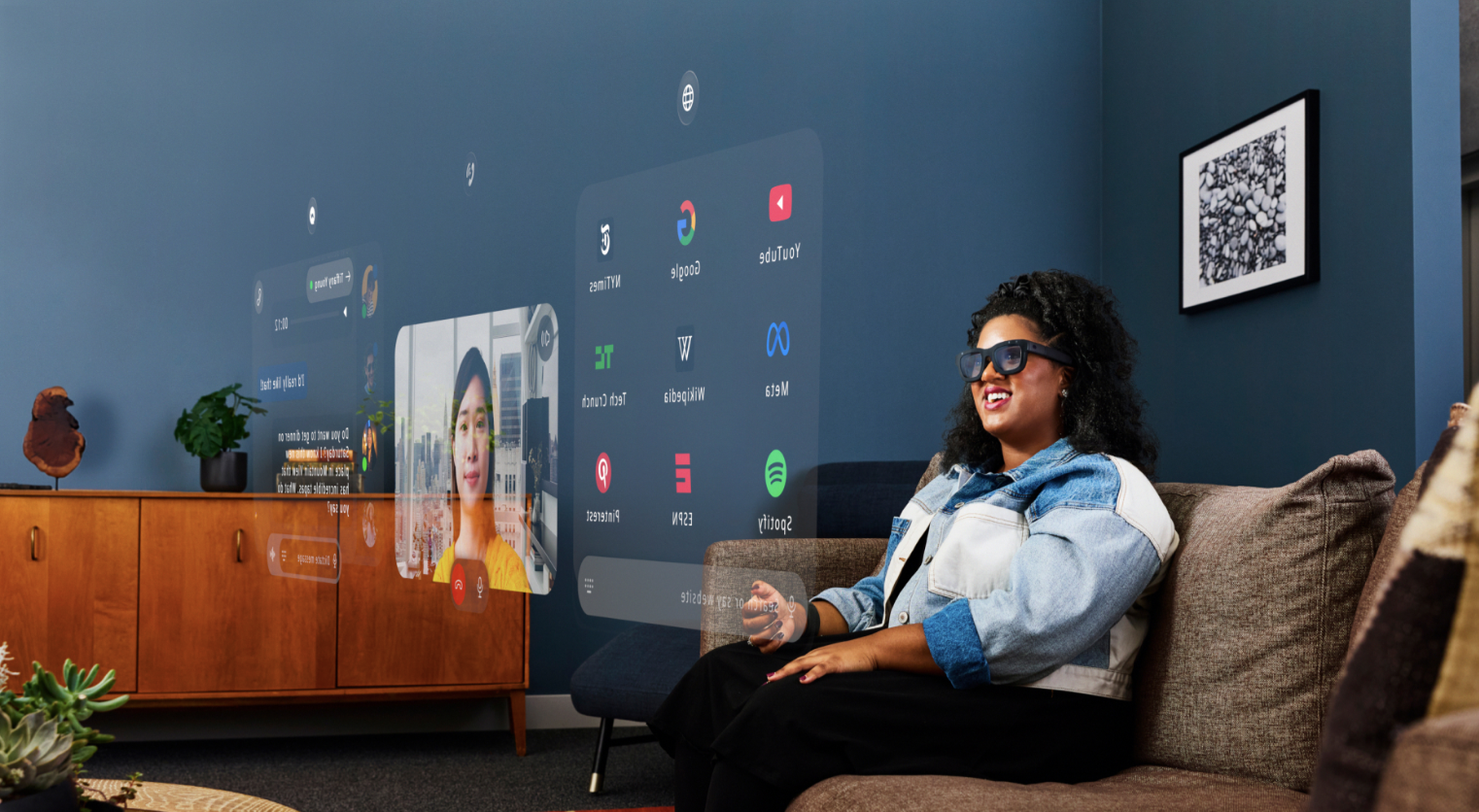Are Meta’s new VR headsets and AR glasses worth the hype?
Meta wants to bridge the gap between innovation and accessibility that goes beyond the constraints of a smartphone screen with new AR, VR, and AI tools.
Live demos can be risky, prone to technical issues and potentially embarrassing, but there was absolutely nothing embarrassing about all the new things Meta CEO, Mark Zuckerberg, unveiled at the Meta Connect 2024.
From the new Meta AI functionality to the new Orion glasses, Quest 3S, and Ray Ban glasses, there’s a lot to unpack from the event. So, here’s everything that was announced.

New mixed reality glasses that you can’t buy yet
Meta’s Orion AR glasses were perhaps the most intriguing reveal, not just for what they promise but for how far off they still seem.
Touted as “the most advanced pair of AR glasses ever made,” Orion aims to blend AR and VR in a lightweight, wearable form, featuring holographic displays, eye-tracking, and contextual AI.

Meta says it envisions a world where these glasses offer immersive experiences that go beyond the constraints of a smartphone screen, allowing users to interact with holographic apps like Spotify, and YouTube, and even manage video calls and messages.
But for all the impressive tech packed into these chunky frames, the reality is that Orion remains out of reach. There’s no confirmed release date, and earlier roadmaps suggest they might not be available until 2027.
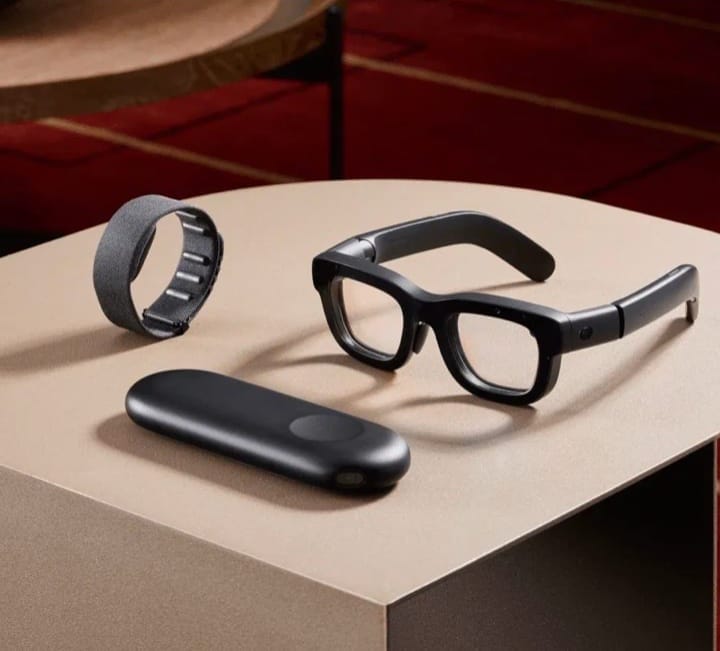
This puts them in a similar category to Snap’s fifth-generation Spectacles, which, despite being available to developers at a whopping $99/month, still feel more like experimental devices than consumer-ready products.
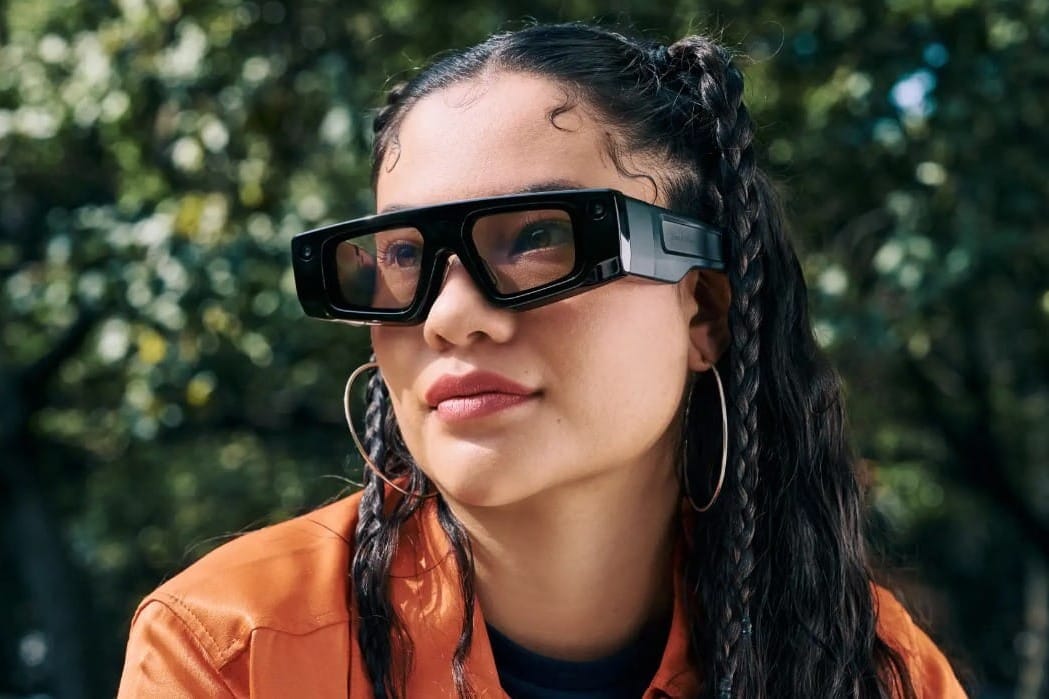
While it’s exciting to think about having a pair of AR glasses that look more like traditional eyewear, the lack of availability means consumers looking for cutting-edge tech right now might need to look elsewhere. For those who can wait, though, Orion could be worth keeping an eye on as it promises to push AR out of the lab and into our daily lives.
A cheaper VR headset option, but….
For those looking for a budget entry point into VR, the new Meta’s Quest 3S is just that. Priced at $300 for 128GB and $400 for 256GB, the Quest 3S is supposed to serve as a more affordable alternative to the Quest 3 but with stripped-down features like simpler lenses, lower resolution, and limited storage.
Despite these compromises, the Quest 3S includes refined passthrough technology and a slightly improved battery life of up to 2.5 hours—outlasting the Quest 3’s 2.2 hours.

This new headset, now available for pre-order, also comes as Meta plans to discontinue both the Quest 2 and Quest Pro by the end of 2024, signalling a move to streamline its product lineup. The Quest Pro, which launched at a steep $1,500 and later dropped to $1,000, struggled to gain traction, likely due to its high price and niche features.

Comparatively, Apple’s Vision Pro, which launched earlier this year, offers a premium experience that Meta’s Quest series doesn’t quite match in some aspects. With its micro-OLED display, powerful M2 chip, and spatial audio features, the Vision Pro is designed for more immersive and multi-functional use cases, from capturing 3D photos to seamless app multitasking.
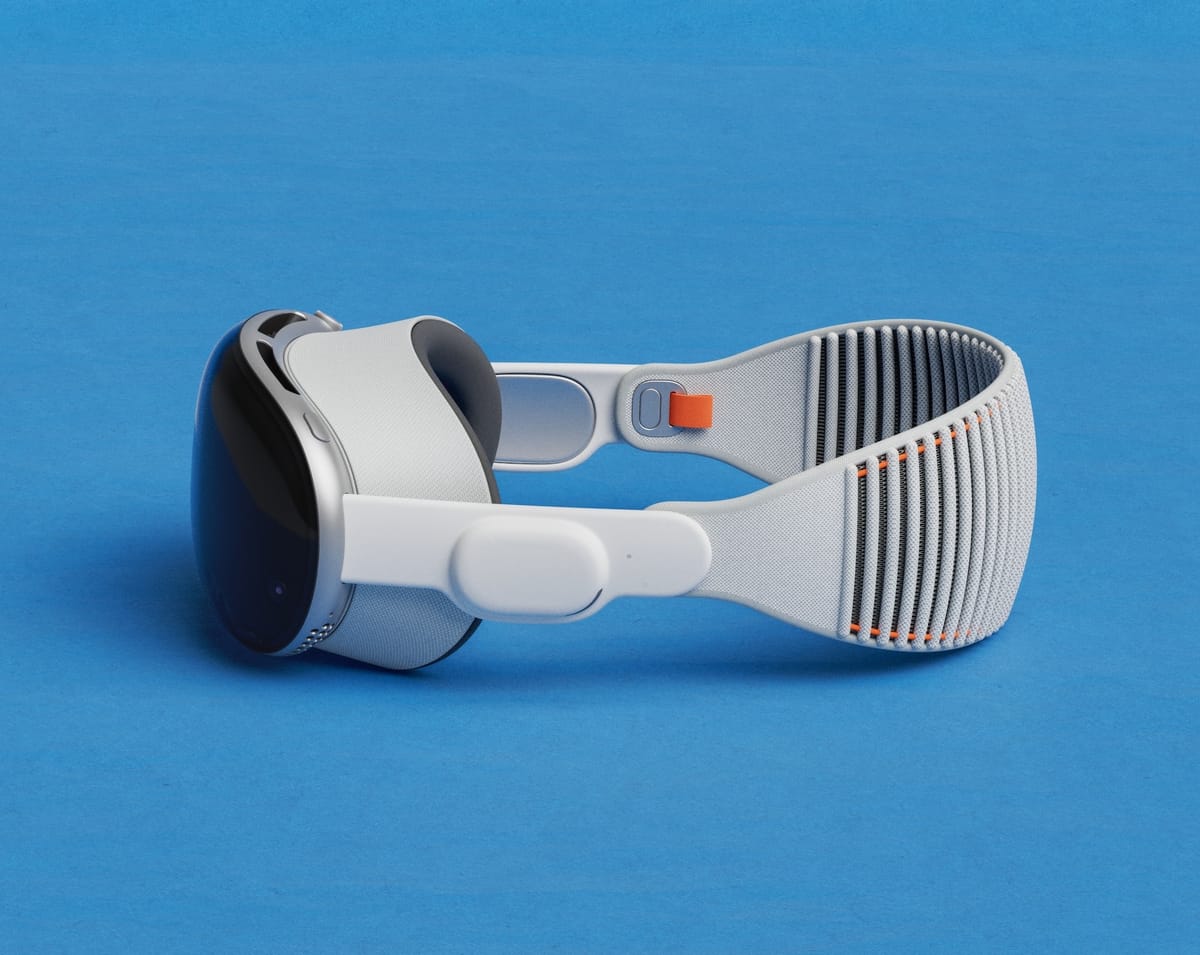
However, at nearly $3,500, it’s priced out of reach for most consumers, making Meta’s offerings more appealing to those looking for a balance of performance and affordability.

Meta Ray-Ban glasses with AI features
While the hardware remains unchanged, Meta’s Ray-Ban smart glasses received several AI updates because why not?
The new features include setting reminders based on objects you see, scanning QR codes, and responding to more natural language commands.
For instance, you can now say, “Hey Meta, what am I looking at?” instead of using more formal prompts. The glasses can also handle more complex follow-up questions, making interactions smoother and more intuitive.
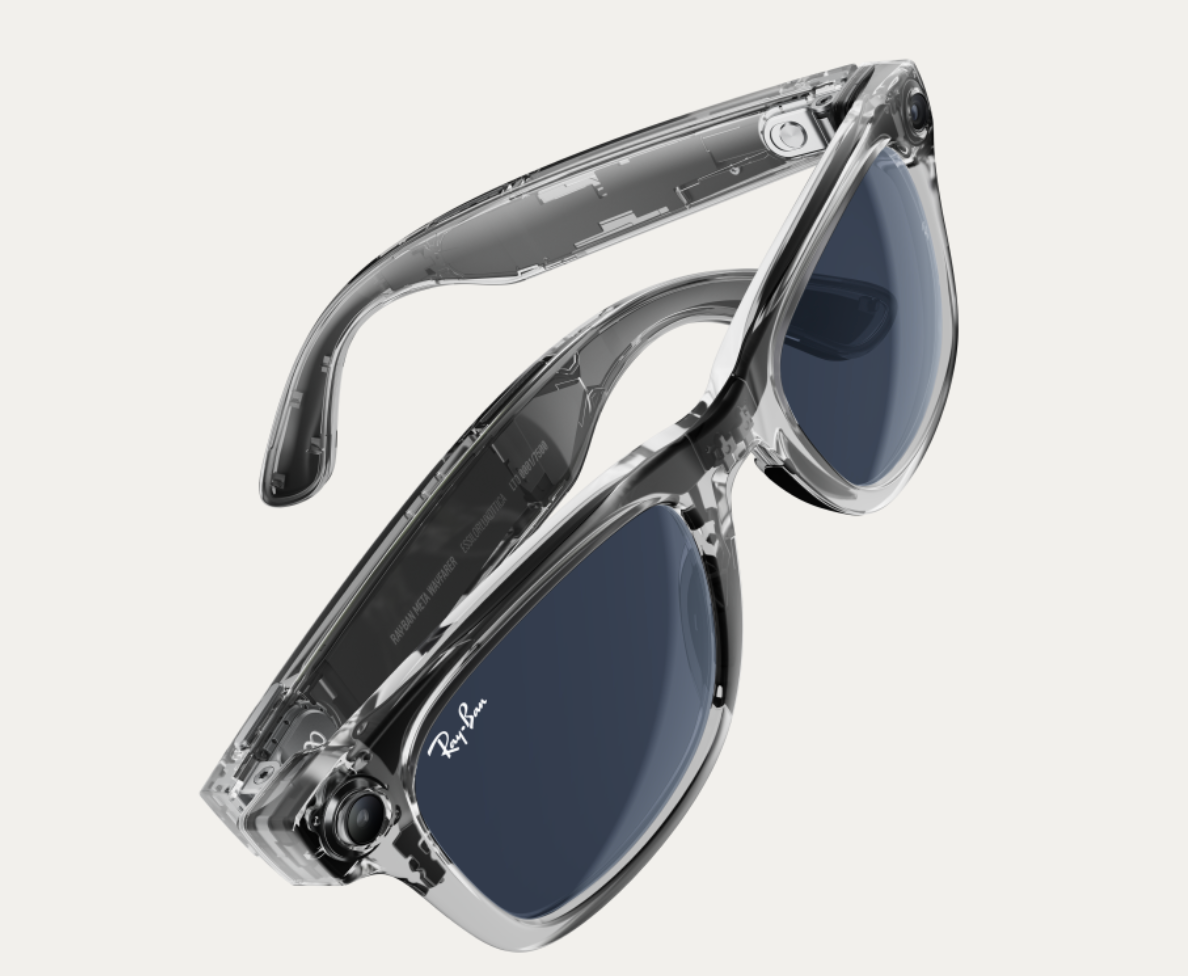
Additionally, live translation capabilities are getting a boost, with improved performance for longer text in English, French, Italian, and Spanish by the end of the year. While these updates make the glasses more functional, they still don’t offer full AR capabilities.
Meta AI updates
If you’ve been on any of Meta’s platforms (Instagram, WhatsApp, or Facebook) lately, you’ve probably noticed Meta AI’s expanded capabilities.
Powered by the new Llama 3.2 model, Meta AI now supports voice chats across apps—previously limited to the Ray-Ban glasses—and can edit photos with text prompts, add or remove objects and change backgrounds on Instagram, Messenger, and WhatsApp.
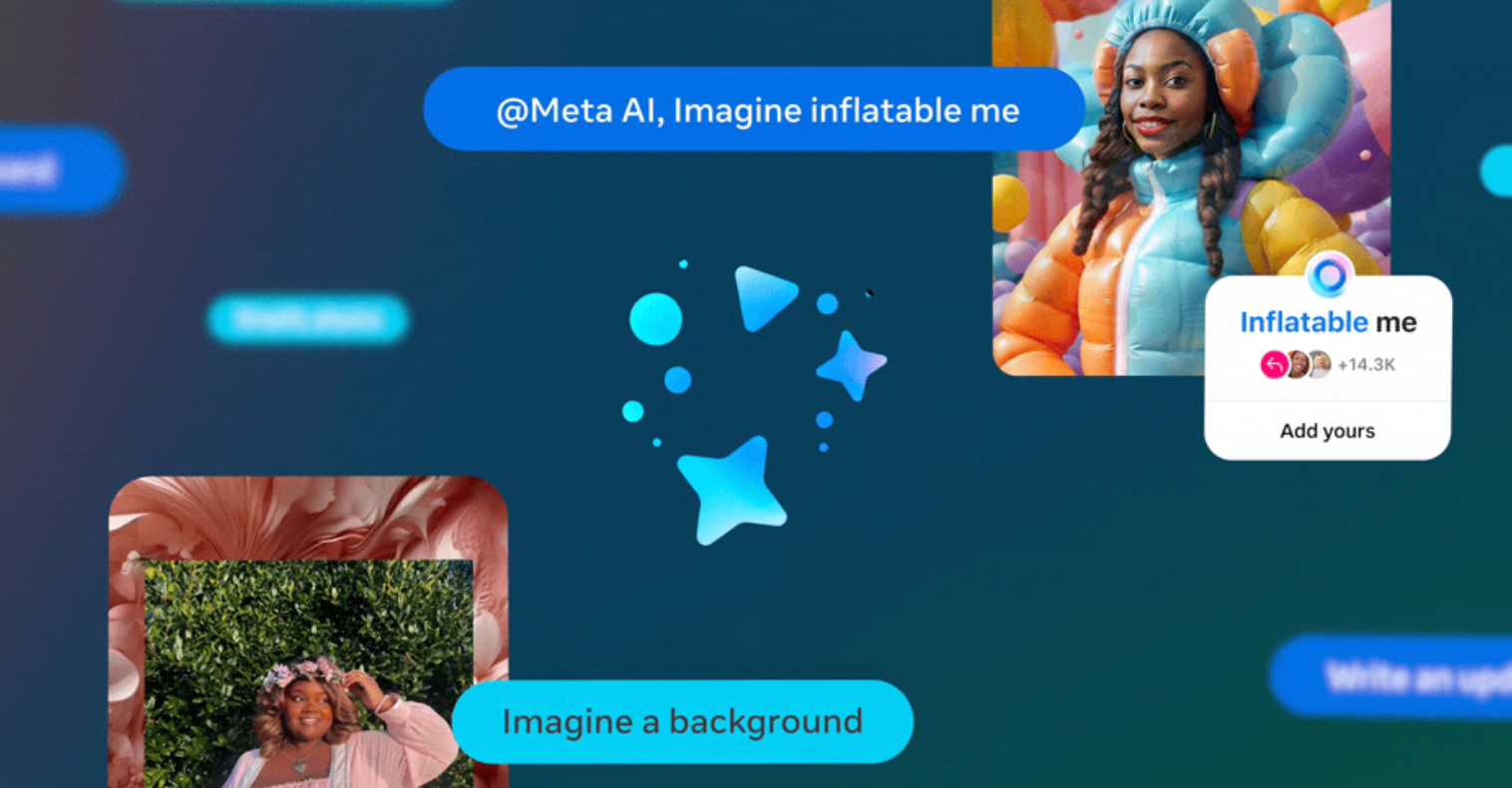
This puts Meta AI on par with similar features in competing models like ChatGPT and Claude, both of which have also integrated vision capabilities to analyze and describe images.
Meta is also betting on celebrity voices to make its AI more engaging, offering responses in the tones of John Cena, Judi Dench, and others. Painfully though, these voices are only available in the US, so the rest of the world is stuck with the more generic options.
Another standout feature is AI dubbing, which translates video audio into English or Spanish while mimicking the speaker’s voice and lip movements.
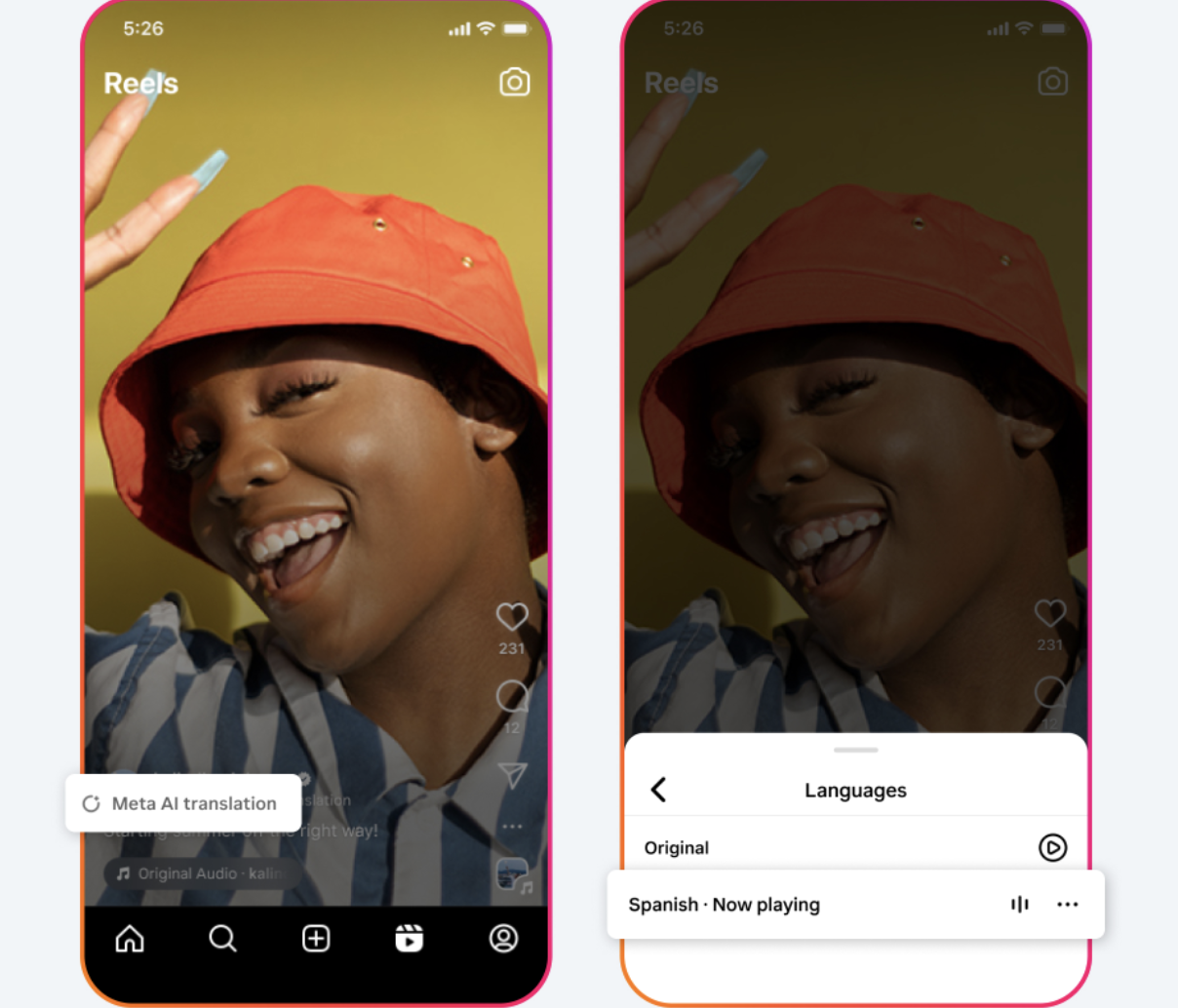
It’s a great tool for content creators, but with only two languages supported at launch, it has yet to match the multilingual capabilities of some competitors.
Conclusion
Meta Connect 2024 showcased an array of exciting updates and new products, each promising to push the boundaries of AR, VR, and AI. The Orion AR glasses, while revolutionary in concept, are still a distant dream. The Quest 3S offers an affordable entry into VR but feels like a compromise for current Quest 3 users. And while the AI updates to Meta’s Ray-Ban glasses and virtual assistant bring more functionality, they still fall short of transforming the everyday experience.
Overall, Meta’s announcements hint at a future full of possibilities, but whether these innovations can deliver on their promises remains to be seen. For now, it’s a waiting game to see if Meta can truly bridge the gap between what’s possible and what’s available. For consumers eager for the next big thing, patience may be the most valuable investment.


